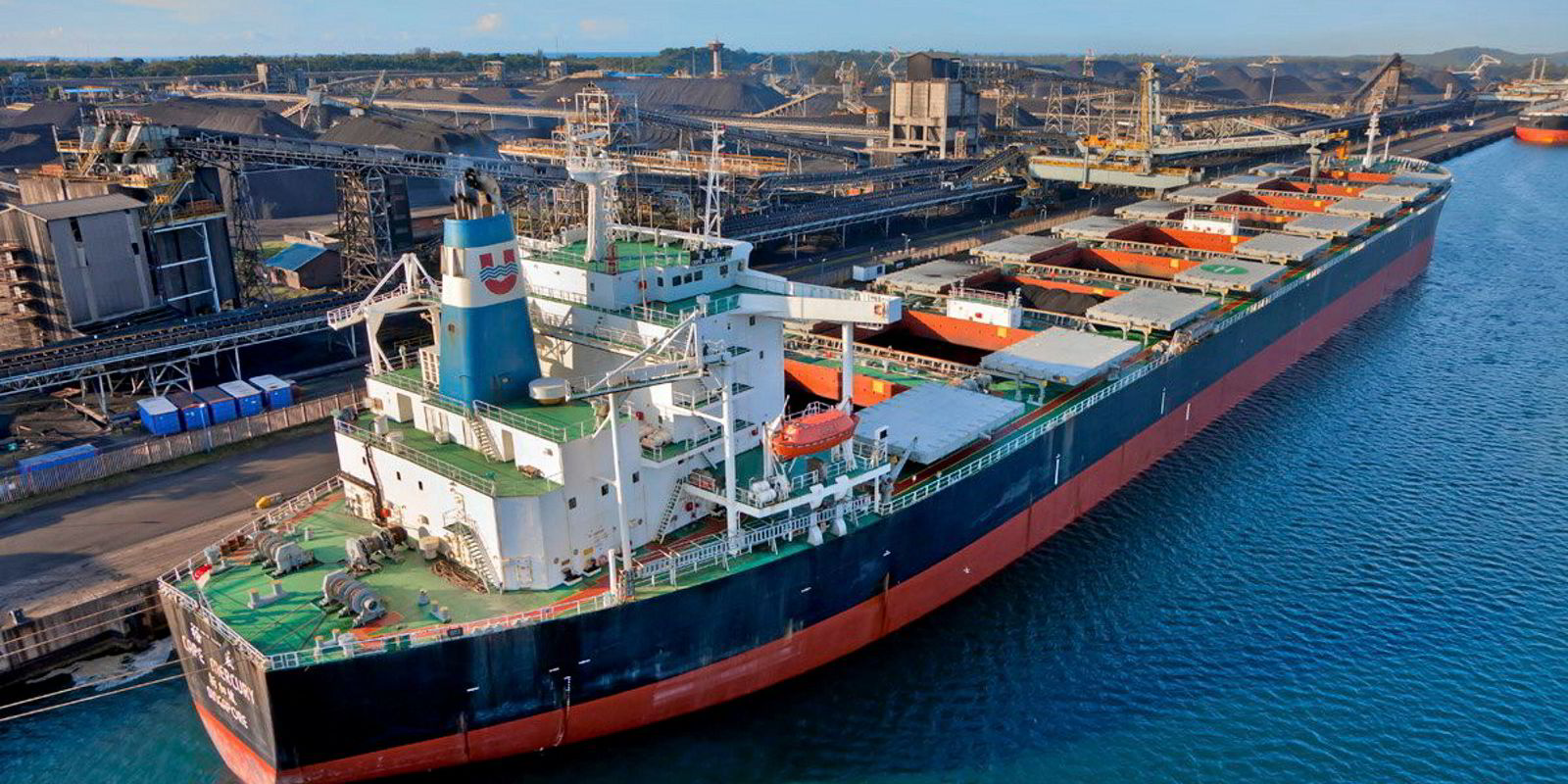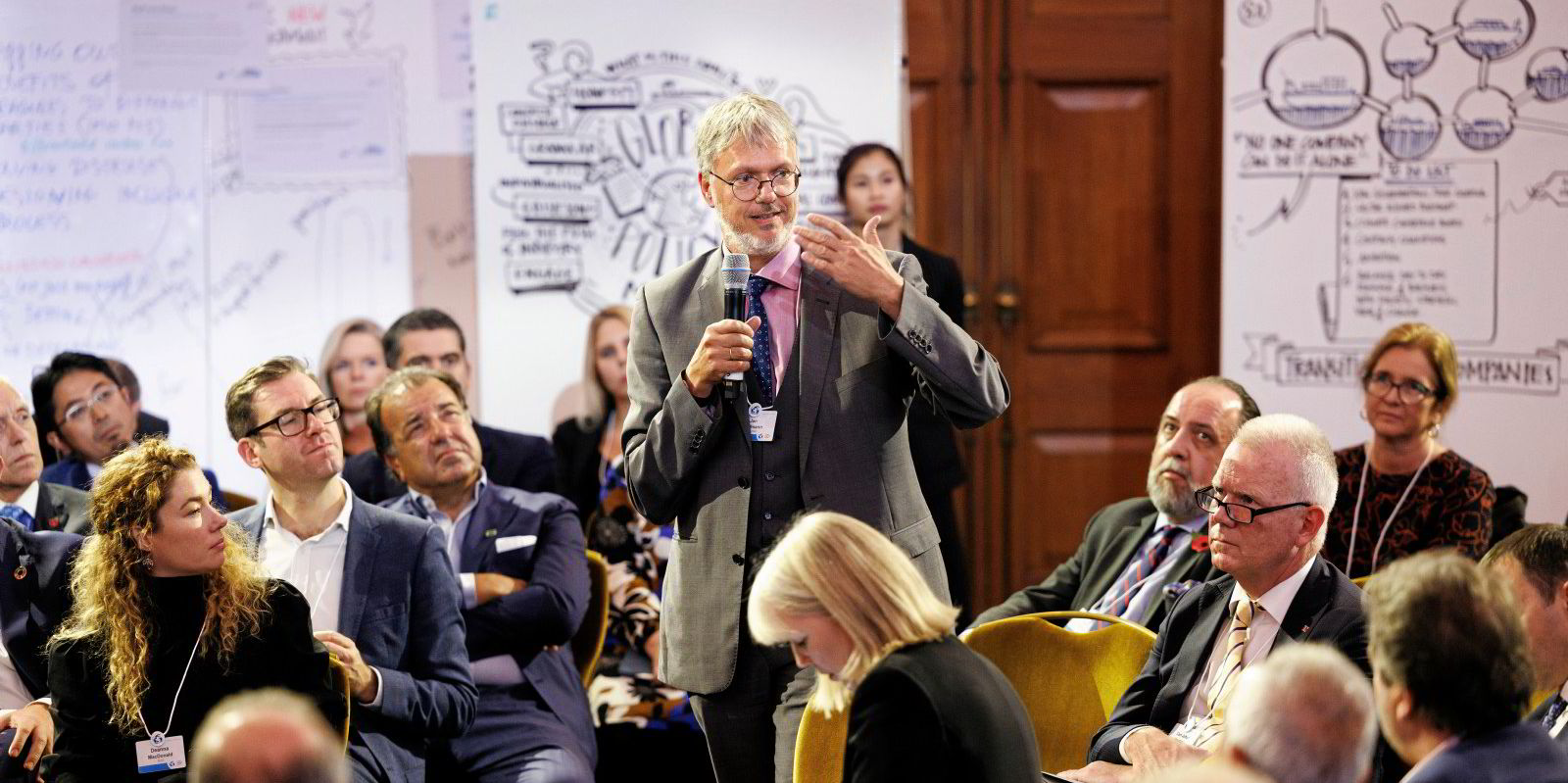Cash does not last forever. A wise person once said that the difficult thing is not making money, it is keeping it.
Bulker owners made mega-bucks in 2021 and have money to spend, but concerns over long-term fundamentals and economic headwinds are leading some to change tack and invest in the future.
Many are looking for ways to get closer to the cargo side of the business, either through operating a fleet and enhancing their freight trading activities, or even by branching out into logistics.
Market watchers think it is likely that major owners will look to become more involved in operating bulkers going forward, especially if the global economic outlook remains gloomy and volatile.
The rationale is to protect long tonnage by having a cargo book — when freight is not making money, the assets will.
This is really just an intensification of what has been going on for years, but with a new impetus. Look at how Oldendorff Carriers — said to have booked billions in profit last year — has evolved from traditional shipowner to operating giant since the mid-1990s.
SwissMarine is another source of inspiration. The operator has close links with cargo interests and has come to dominate chartering markets.
It is said Costamare Bulkers will look to emulate the SwissMarine model when it launches formally in 2023, focusing on capesizes and panamaxes. Costamare has had a lucrative few years as an owner of container ships and bulkers. Konstantinos Konstantakopoulos’ private backing of the new asset-light platform signals a willingness to explore how value can be extracted from markets by doing more than just owning steel.
Peter Livanos’ bulker company DryLog bought ED&F Man’s freight trading desk in early 2020 and is seeing results. DryLog Trading, as it is known today, booked profit before tax of $35.2m in calendar year 2021, which filings showed was up by a massive 2,583% from the previous 14-month period.
Other ventures have been the victims of bad timing. Star Bulk Carriers’ operating venture Star Logistics was wound up in 2020 after less than three years. Looking ahead, Petros Pappas told TradeWinds that Star Bulk aims to recruit a new freight trader in Singapore and wants to increase its presence in the city.
Getting closer to the cargo is all the more important, given the muted outlook for dry bulk in the longer term — Clarksons expects a 1.6% drop in seaborne dry bulk trade this year. A global economic downturn or recession would weigh heavily on demand for dry commodities.
Global growth is forecast to slow from 6% in 2021 to 3.2% this year and 2.7% in 2023, according to International Monetary Fund projections in October. This is the weakest growth profile since 2001, except for the global financial crisis and the most acute phase of the Covid-19 pandemic.
Meanwhile, the IMF said inflation is expected to more than double year on year to 8.8.% in 2022, before falling to 6.5% next year.
Clarksons Research expects seaborne dry bulk trade to fall by around 1.6% in the full year 2022.
The decline is more modest for tonne-miles, which are projected to fall by 0.5% as a number of trade patterns shift in response to the Russia-Ukraine conflict and other disruption.
“This represents a clear weakening of underlying supply-demand fundamentals,” Clarksons said in its Dry Bulk Outlook report in October.
This overall decline is not expected to be offset next year by low fleet supply.
“Easing congestion looks likely to see earnings remain well below 2021’s ‘high water mark’, though improved underlying supply-demand fundamentals could lend some support, with fleet growth of just 0.5% projected as environmental regulations (including EEXI and CII) are expected to curb supply growth,” Clarksons said in the Outlook report.
This will increase the cost of borrowing for shipowners and cause fluctuations in interest rates for existing loans. And, if not properly hedged, increased finance costs will impact earnings.
But long-term time charters with fixed rates are resistant to the effects of inflation and assure future cash flow — something else that could make it attractive for owners to become operators.
All this comes against a backdrop of uncertainty about future marine fuels and vessel technology. The low number of bulkers being ordered shows a reticence to invest in steel.
The big question is: will public bulker owners pivot too? The big guys — Star Bulk, Golden Ocean, Genco Shipping & Trading — trade fleets of mostly owned tonnage, with a few long-term chartered-in vessels here and there.
Norden is perhaps the only public company with an explicit focus on trading — and the out-and-out success of its financial results has given proof of concept for how those activities can shore up results from its conventional shipowning business. (Granted, the Danish company also has a fleet of product tankers.)
Norden has also branched out into logistics — a field that is not so beholden to macroeconomic volatility as chartering markets. Since February, Norden has been operating a transshipment facility for manganese in Gabon and is looking for similar projects.
Bulker operator Norvic Shipping wants to do something similar. The company told TradeWinds last month that it aims to become more involved in logistics for its clients and is evaluating potential opportunities in infrastructure projects.
Congestion of bulkers has normalised, according to Clarksons Research.
Its Bulk Carrier Port Congestion Index showed 31% of tonnage capacity was ‘at port’ worldwide by mid-October, down from more than 36% in April. Pre-Covid, the index averaged around 30%.
Clarksons said much of this congestion was unwound as ports in China. Capesize and panamax bulkers caught in congestion were down 38% year on year in October, the lowest level since May 2020, according to the research.




